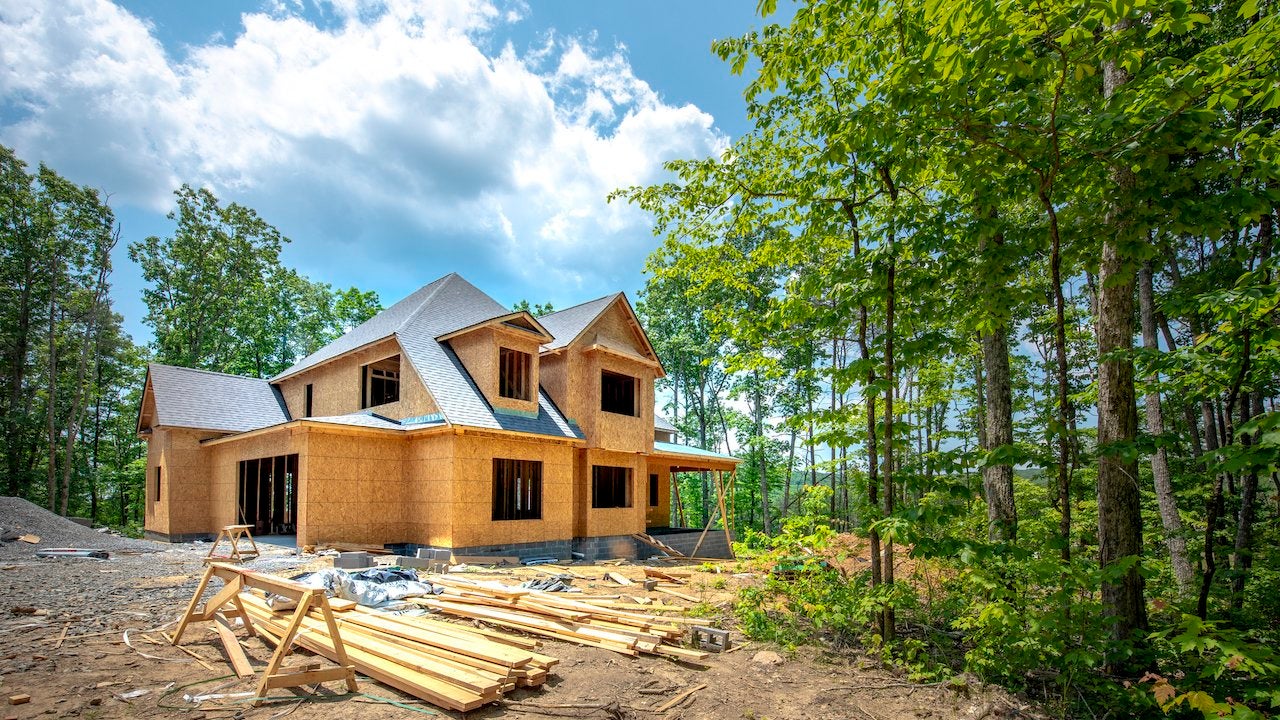
Building a house on land is a significant undertaking that requires careful planning, attention to detail, and adherence to construction standards. From preparing the site to framing the structure and finishing the interior and exterior, each step in the construction process plays a crucial role in ensuring the quality and durability of the finished home. In this article, we delve into the essential steps involved in building a house on land, covering preliminary considerations, site preparation, foundation construction, framing, and finishing touches.
Preparing the Site
Clearing and Grading
Before construction house can begin, the site must be cleared of vegetation, debris, and any obstacles that may hinder the building process. This typically involves the removal of trees, shrubs, rocks, and other obstructions to create a level and accessible area for construction activities. Grading the site ensures proper drainage and establishes the foundation for the building, setting the stage for subsequent construction phases.
Surveying and Marking Boundaries
Surveying the land is essential for accurately determining property boundaries, setbacks, and easements that may impact the building footprint. Professional surveyors use specialized equipment to map out the site, identify property lines, and establish reference points for construction. Marking boundaries helps ensure compliance with zoning regulations and avoids encroachment on neighboring properties, safeguarding the legal and structural integrity of the new home.
Assessing Soil Conditions
Understanding the soil conditions on the building site is critical for selecting the appropriate foundation type and construction techniques. Soil tests conducted by geotechnical engineers evaluate factors such as soil composition, density, and bearing capacity to assess the stability and load-bearing capacity of the ground. This information informs decisions regarding foundation design, excavation, and soil stabilization measures to mitigate the risk of settling or structural damage over time.
Foundation Construction
Types of Foundations
There are several types of foundations commonly used in residential construction, including slab-on-grade, crawl space, and basement foundations. The choice of foundation depends on site conditions, local building codes, and homeowner preferences. Slab-on-grade foundations are typically the most cost-effective and suitable for level sites with stable soil conditions, while crawl space and basement foundations offer additional storage or living space below the main floor level.
Excavation and Footings
Excavation involves digging trenches or pits to accommodate the foundation walls and footings of the building. This process requires careful measurement and precision to ensure proper alignment and depth according to engineering specifications. Footings are reinforced concrete pads or strips that support the weight of the structure and distribute it evenly across the soil. Properly installed footings provide a stable and level base for the foundation walls to rest upon.
Pouring Concrete and Curing
Once the excavation and footings are in place, concrete is poured into the forms to create the foundation walls and slab. Reinforcement such as rebar or wire mesh may be added to strengthen the concrete and prevent cracking. After pouring, the concrete must be allowed to cure properly to achieve maximum strength and durability. Curing involves keeping the concrete moist and protected from extreme temperatures for a specified period, typically several days to a week, depending on the weather conditions and type of concrete used.
Framing the Structure
Structural Components
Framing the structure involves assembling the skeletal framework of the house, including walls, floors, and roof systems. Structural components such as studs, joists, beams, and rafters are interconnected to form the basic framework that supports the weight of the building and provides structural integrity. Advanced framing techniques optimize material usage and energy efficiency while maintaining structural strength and stability.
Framing Techniques
Traditional framing techniques involve assembling wood or metal framing members on-site according to architectural plans and engineering specifications. This process requires skilled labor and precision to ensure the framework is square, level, and properly aligned. Prefabricated framing systems offer an alternative approach, with structural components manufactured off-site and assembled on-site for faster and more efficient construction.
Roofing Installation
Roofing installation is the final step in framing the structure, providing protection from the elements and completing the enclosure of the building envelope. Roofing materials such as shingles, tiles, or metal panels are installed over the roof framing system according to manufacturer instructions and local building codes. Proper installation techniques and weatherproofing measures ensure a watertight and durable roof that withstands the rigors of the environment.
Interior and Exterior Finishes
Wall Construction
Interior and exterior walls are constructed using a variety of materials and techniques to provide insulation, support, and aesthetic appeal. Common wall construction methods include framing with wood or metal studs, followed by sheathing, insulation, and finishing materials such as drywall, plaster, or siding. Interior walls are finished with paint, wallpaper, or other decorative treatments to enhance the visual appeal of the living spaces.
Flooring Installation
Flooring installation involves laying finished flooring materials such as hardwood, tile, laminate, or carpet over the subflooring substrate. Proper subfloor preparation, leveling, and moisture barriers are essential to ensure a stable and durable flooring surface that withstands everyday wear and tear. Flooring materials are selected based on factors such as durability, maintenance requirements, and design preferences to achieve the desired aesthetic and functional qualities.
Exterior Cladding and Finishing Touches
Exterior cladding materials such as siding, brick, stone, or stucco are applied to the exterior walls to provide weather protection and enhance the curb appeal of the home. Finishing touches such as trim, moldings, and architectural details add character and visual interest to the exterior facade. Landscaping, outdoor lighting, and other exterior features complement the architectural style of the house and create an inviting and cohesive look for the property.
In conclusion, building a house on land involves a series of complex and interconnected steps that require careful planning, skilled labor, and attention to detail. From site preparation and foundation construction to framing the structure and finishing the interior and exterior, each phase of the construction process contributes to the quality, durability, and functionality of the finished home. By understanding the essential steps and considerations involved in building a house on land, homeowners can navigate the construction process with confidence and achieve their vision of a dream home.


